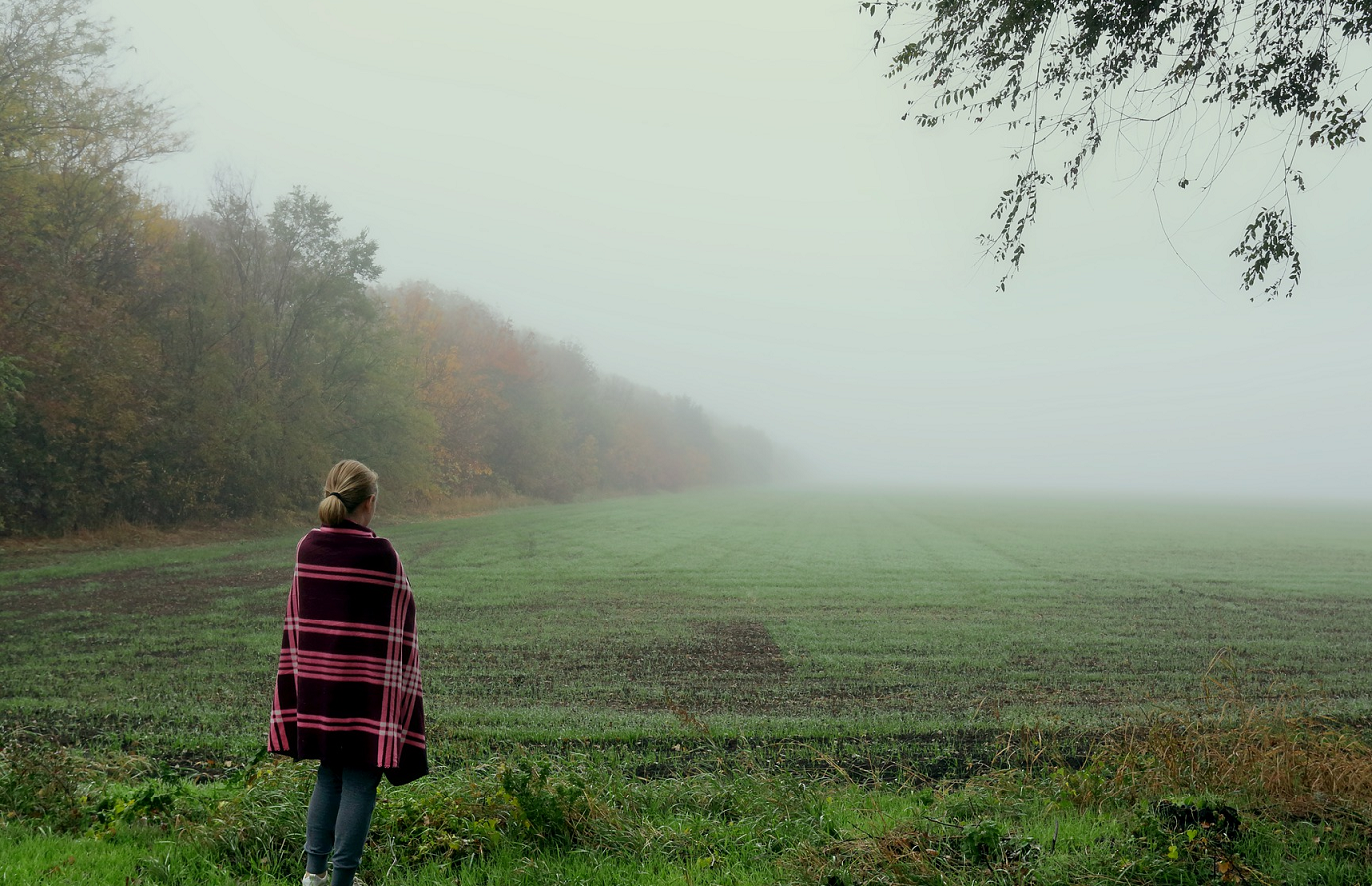
Do you ignore the changes in light and weather in an attempt to hold tight to summer? Switch 4 habits for a smooth fall transition. In New England, seasonal changes are upon us once more.
Chilly mornings flow into warm sunny afternoons back into cool evenings. All of us are outdoors more due to social distancing and COVID 19.The consequences of living out of alignment with the seasonal shift may increase health issues.
Ayurveda teaches us to observe our environment and flow with what is. During seasonal transitions, this means paying attention each day. I know that if I take care of myself, the cold and dry fall won’t throw me out of whack.
Pitta To Vata Season Changes The Influence of the Elements and Gunas
The dominant elements of Pitta (force of transformation) are fire and water; these change completely in Vata (force of dissipation) to air and ether. During the transition, there are cooler times and warmer times, wetter times, and dryer times. I pay a little more attention to the weather, so I know what to cook and how to dress, plugin, and roll with the changes.
During the Pitta season, the elements of water and fire drive transformation, the trees leaf out to full lush green. Flowers grow into a bounty of fruit and vegetables. The gunas (qualities in 10 pairs of opposites) of Pitta show up in lots of sunlight, heat, moisture, and growth that goes on all summer long. In late September, you start to see and feel the seasonal shift as the energy of Pitta wains and Vata builds.
The dissipation effect of the Vata season is beginning. Many vegetable plants have stopped producing, and the vines are dying back. Tender herbs like basil are showing signs of decline. You might feel the effects in dryer hands, broken cuticles, dryer straighter hair, or increased anxiety. Vata and Pitta both share the quality of sharp and light watch out. Short temper can come into play, and it is easy to lose grounding at this time of year.
The amount of sunlight also decreases as we march towards the shortest day. Please make a point to get out into the natural light when your schedule allows for it. Enjoy the chilly, bright mornings of late summer and early fall. Dress in layers so that you can quickly adapt to the changes over the day.
4 Habits To Have A Healthy New England Summer To Fall Transition
Add warmth and moisture to help counteract the chilly dry qualities of the fall season. Otherwise, the coldness will continue to build through the Vata season into Kapha (force of consolidation) season. Change your food, dress, and activity as the temperature cools and light decreases to meet the conditions of each day. Switch 4 habits to enjoy the change of season.
No More Ice
Ayurveda says, don’t chill drinks with ice. Iced drinks quench digestive Agni (digestive fire). Instead, use ice for cooling against the skin for sprains or strains. If you use ice in the Pitta season, then stop for Vata and Kapha season.
Switch From Salad to Soup
Salad or wilted salads are often on the menu, an early light dinner during the summer work. Warm soup keeps the cold and dry of vata in balance. Add some carminative herbs to your soup, such as black pepper or cumin, to support healthy digestion during the seasonal transition.
Add More Cooked Foods Eat less Raw Foods
Cooked foods are easier to digest than raw foods. Eating cooked foods lightens the load on your Agni. Cooked foods also have more warmth to balance the cold quality of Vata.
Keep Cool and Warm as Necessary
Wear a sweater light jacket or vest that you can take off as the day warms up. Also, throw a coat and hat or even a blanket into the car to warm up if you get chilly.
Appreciate and release summer as it ends. Switch 4 habits to help you transition to fall enjoy the outdoors and stay healthy.
Ayurselfcare’s purpose is to share the benefits of Ayurveda. This article is not a substitute for professional medical care, treatment, or advice. All the material here is for learning purposes only. Always share strategy and work with your healthcare team.
